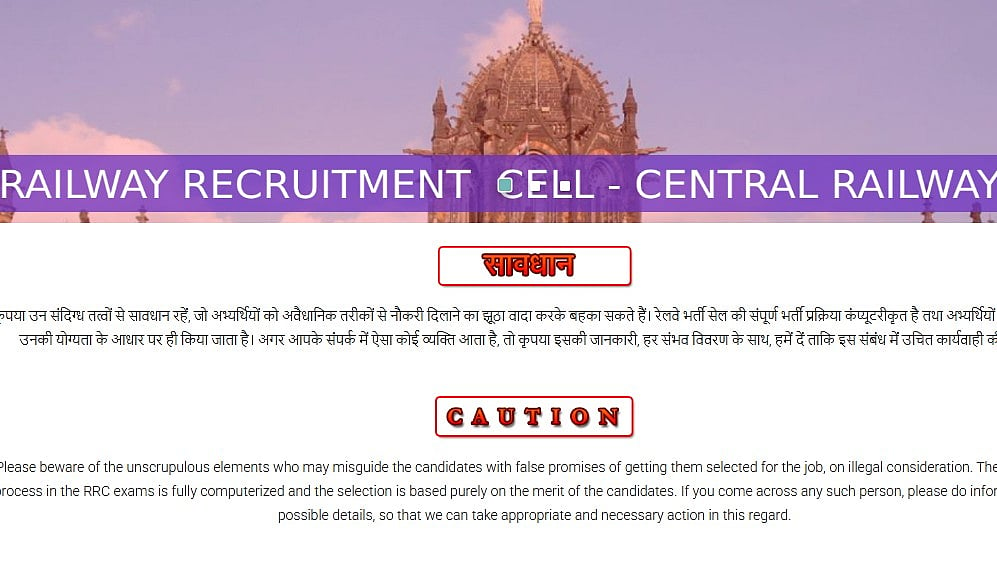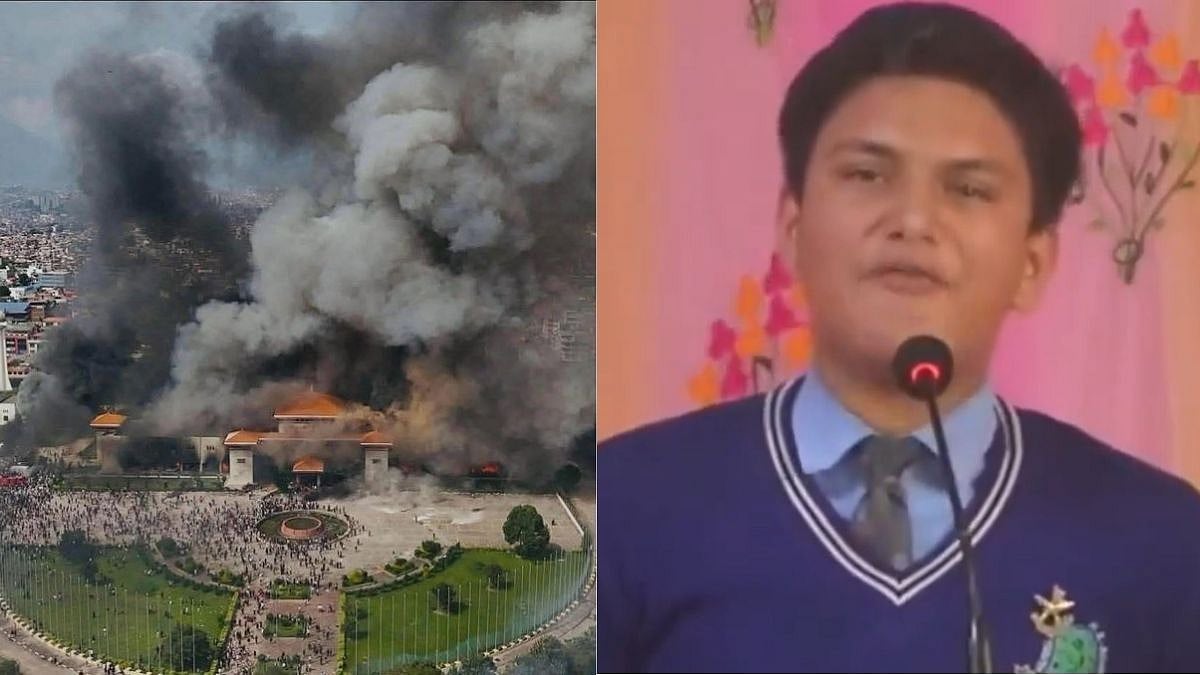A day after the Maharashtra government issued a clarification stating that Hindi will be a “general” third language in Marathi and English medium schools, education experts and former officials have slammed the move, calling it a veiled attempt to enforce the language through the backdoor.
The latest Government Resolution (GR), issued on Tuesday, modifies an earlier order issued on April 16. While it drops the word “compulsory,” it says Hindi will generally be the third language for Classes 1 to 5, and students may choose another Indian language instead — but only if at least 20 students in a class opt for it. If not, Hindi will remain the default. This has triggered fresh criticism.
“This is as good as making Hindi compulsory,” said Vasant Kalpande, former Director of Education (Maharashtra) and ex-chairman of the State Board. “In at least 80% of schools in the rural areas, it’s nearly impossible to find 20 students in a single class choosing a different language. The provision is designed in a way that discourages alternatives to Hindi.”
Kalpande added that while Hindi textbooks are ready, teaching materials in other languages are not, making it practically difficult for schools to implement any choice. “Even the online option hasn’t been thought through. Children in lower classes can’t manage online learning on their own. This will push parents and schools to stick to Hindi.”
Mahendra Ganpule, former president of the State Headmasters Association, echoed these concerns. “The GR may say Hindi is not compulsory, but the structure ensures it becomes the default. Why do we even need a third language at this early stage in Marathi or English medium schools?” he asked.
He also dismissed the government’s reasoning that the Devanagari script is common to both Marathi and Hindi. “Script is not the issue. A six-year-old learning both languages will be confused. In Hindi, we say ‘police aayi’, in Marathi, it’s ‘police aala’ (both loosely translate to: the police have arrived) — gender usage changes and it will puzzle children.”
Ganpule also questioned the legality of the move. “The foundational education draft prepared in 2023 didn’t include a third language for Class 1. How can a GR introduce something that’s not even in the draft?”
The controversy began on April 16, when the state’s School Education Department issued a GR announcing the phased rollout of a revised curriculum aligned with the National Education Policy (NEP) 2020. Hindi was listed as a mandatory third language for Classes 1 to 5, starting with Class 1 in 2025–26.
Following backlash, School Education Minister Dadaji Bhuse said on April 22 that Hindi would no longer be compulsory in the early years. However, confusion returned on May 20 when Balbharti — the Maharashtra Bureau of Textbook Production and Curriculum Research — issued a circular that included a note stating, “All concerned will be informed separately regarding the textbook ‘Khel Khel Mein Sikhe Hindi’ (for Marathi and English mediums) for Class 1.” The circular made no mention of equivalent textbooks for other Indian languages, sparking renewed concerns among educators and parents about the selective preparedness for Hindi.

Speaking in Pune on May 25, Bhuse stated, “The decision to introduce Hindi from Class 1 as a third language was taken earlier. However, many parents have suggested it be introduced from Class 3 instead. We will consider these suggestions before taking any further decision.” He also mentioned that the three-language formula was “on hold” and schools would continue with the existing two-language system.
But the GR issued on Tuesday appears to contradict those remarks. By introducing Hindi as the “general” third language and linking alternative options to rigid student numbers, the government has reignited accusations of pushing a backdoor imposition.










